Text

Clothing of the Ankara Vilayet
Bashi-bozouk/Mercenary soldier
Muslim shepherd
Married Muslim peasant woman
Istanbul, Turkey, 1873
Pascal Sébah
#ankara#Asian#Istanbul#turkey#Europe#1870s#19th century#Pascal Sébah#men#women#people#Muslim#Islam#black and white#sepia#soldiers#shepherds#peasants#historical#history#world#portrait#traditional
10 notes
·
View notes
Text
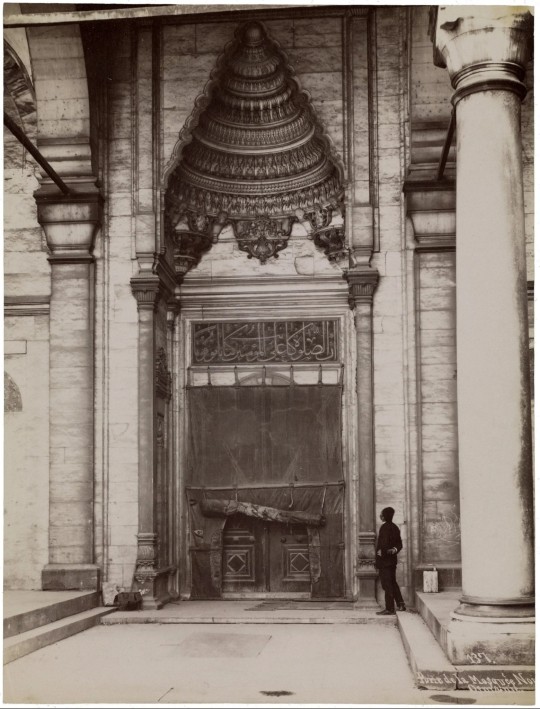
Nuruosmaniye Mosque
Istanbul, Turkey, 1880s
#Nuruosmaniye Mosque#mosque#1880s#Istanbul#turkey#Europe#Islam#black and white#architecture#religion#world#history#historical#19th century#people
3 notes
·
View notes
Text
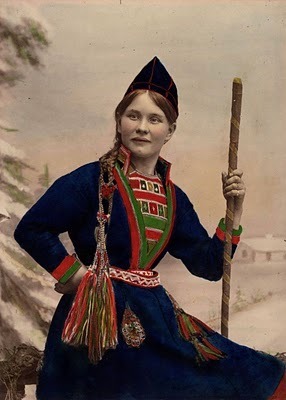
Sami woman from Sweden
1870 - 1898
#sami#women#sweden#1870s#1880s#1890s#people#Europe#portrait#19th century#fashion#historical#history#world#sepia#tinted#hand tinted#colourized#colour
8 notes
·
View notes
Text

Wales, 1875
#wales#1870s#19th century#Europe#portrait#black and white#fashion#women#historical#history#people#world
3 notes
·
View notes
Text

Beggar from Marras-Pekko Rovaniemi, Finland
1870
Johan Björkman
#beggar#Marras Pekko Rovaniemi#Finland#1870s#Johan Björkman#men#people#portrait#Europe#19th century#sepia#historical#history#world
3 notes
·
View notes
Text

Sami family in front of their home
Scandinavia, 1870s
#sami#family#people#home#Scandinavia#northern europe#Europe#1870s#19th century#historical#history#world#black and white#sepia#albumen
8 notes
·
View notes
Text

Wales, 1875
#wales#europe#19th century#historical#history#people#world#black and white#portrait#women#children#1870s#vintage
2 notes
·
View notes
Text

A bride arrives at her wedding on horseback, wearing traditional wedding clothes.
Hallingdal, Norway.
Approx. 1880 - 1890.
Photo by Axel Lindahl.
#bride#wedding#traditional#fashion#hallingdal#Norway#Europe#vintage#1880s#1890s#19th century#axel lindahl#historical#history#people#world#black and white#portrait
17 notes
·
View notes
Text

Harvesting in El Salvador (1944)
#harvest#el salvador#1940s#20th century#north America#historical#history#people#world#portrait#colour#Central America
45 notes
·
View notes
Text

Santa Rosa, Costa Rica, 1971
#Santa rosa#costa rica#1970s#landscape#nature#historical#history#world#colour#North America#Central America#20th century
4 notes
·
View notes
Text

Photographer: Tony Gleaton
Mango Creek, Belize. 1992
#tony gleaton#mango creek#belize#1990s#20th century#historical#history#people#black and white#world#portrait#North America#Central America
2 notes
·
View notes
Text
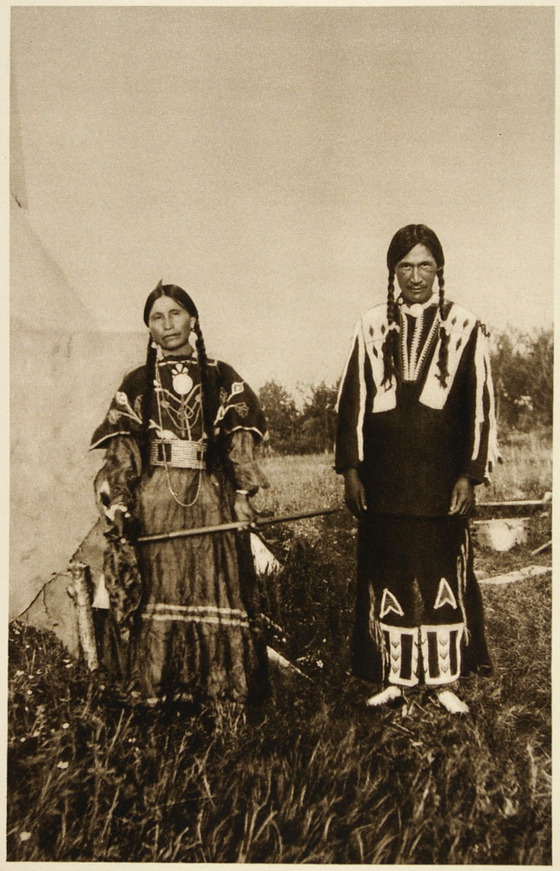
1910s Canada - Nakoda Couple
#nakoda#stoney#1910s#Canada#20th century#historical#history#people#world#portrait#sepia#men#women#North America
5 notes
·
View notes
Text

“King Island”
The island was once the winter home to over 200 Iñupiat (Alaskan Natives) who called themselves Aseuluk meaning “people of the sea” or Ukivokmiut (from Ukivok the village of King Island and ‘miut’ meaning “people of”).
In the mid 1900s, the Bureau of Indian Affairs closed the school on King Island and forcefully removed the children of Ukivok to go to school on mainland Alaska, leaving the elders and adults to gather the needed food for winter. Because the children were not on the island to help gather the needed food for winter, the adults and elders had no choice but to move to the mainland to make their living.
By 1970, all King Island natives had moved to mainland Alaska year-round. Even after the movement off the island, some King Islanders still return to gather subsistence foods such as walrus and seal. Although the King Islanders have moved off the island, they have kept a very distinct cultural identity, living a very similar life as they had on the island. In 2005 and 2006, the National Science Foundation funded a research project which brought a few King Island natives back to the island. Some participants had not been back to the island in 50 years. The King Island Community awaits the project’s results.
#King Island#Alaska#North America#iñupiat#inupiat#aseuluk#ukivokmiut#20th century#historical#history#people#black and white#world#portrait
3 notes
·
View notes
Text
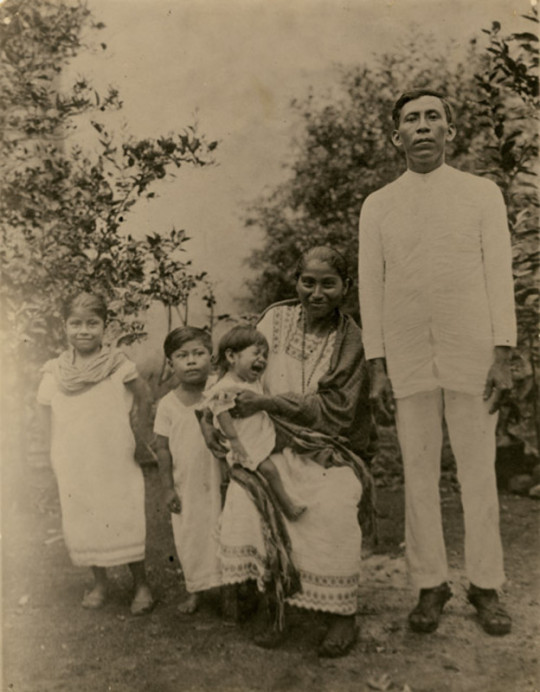
Maya family portrait - Yucatan, Mexico between 1895-1910
#Maya#family#yucatán#yucatan#Mexico#1890s#1910s#20th century#19th century#historical#history#people#world#portrait#sepia#men#women#children#North America
13 notes
·
View notes
Text

An Indian woman, a Japanese woman, and a Syrian woman, all training to be doctors at Women’s Medical College of Philadelphia, 1880s.
#anandabai joshee#kei okami#tabat m. islambooly#Indian#Japanese#Syrian#doctors#women#medicine#Philadelphia#usa#1880s#19th century#historical#history#people#world#portrait#sepia#North America
2 notes
·
View notes
Text
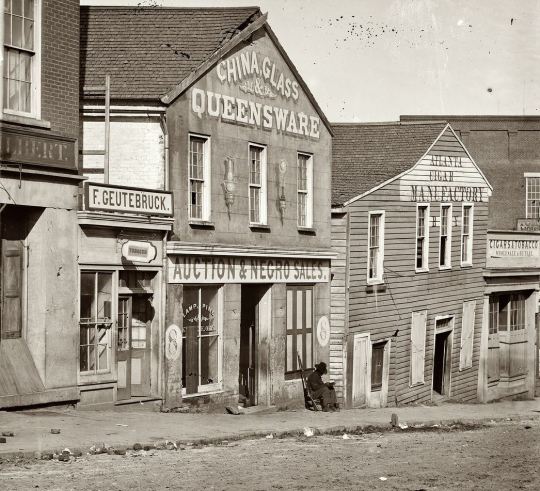
Auction and Negro Sales
Whitehall Street in Atlanta, Georgia, 1864
This photo of a black Union soldier posted at a slave auction house in Atlanta is one of hundreds taken by George N. Barnard during Gen. Sherman’s occupation of the city in the fall of 1864.
#Atlanta#Georgia#usa#1860s#men#George n. Barnard#racism#slavery#19th century#historical#history#people#black and white#world#architecture#sepia#North America
1 note
·
View note
Text
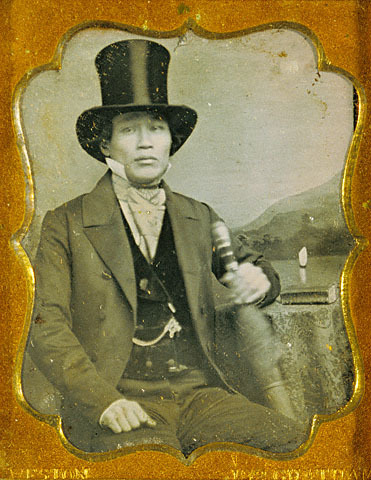
James P. Weston
Portrait of an Asian Man in Top Hat, USA, ca. 1856.
#James p. weston#19th century#historical#history#people#black and white#world#portrait#sepia#Asian#men#usa#North America#1850s#fashion
34 notes
·
View notes